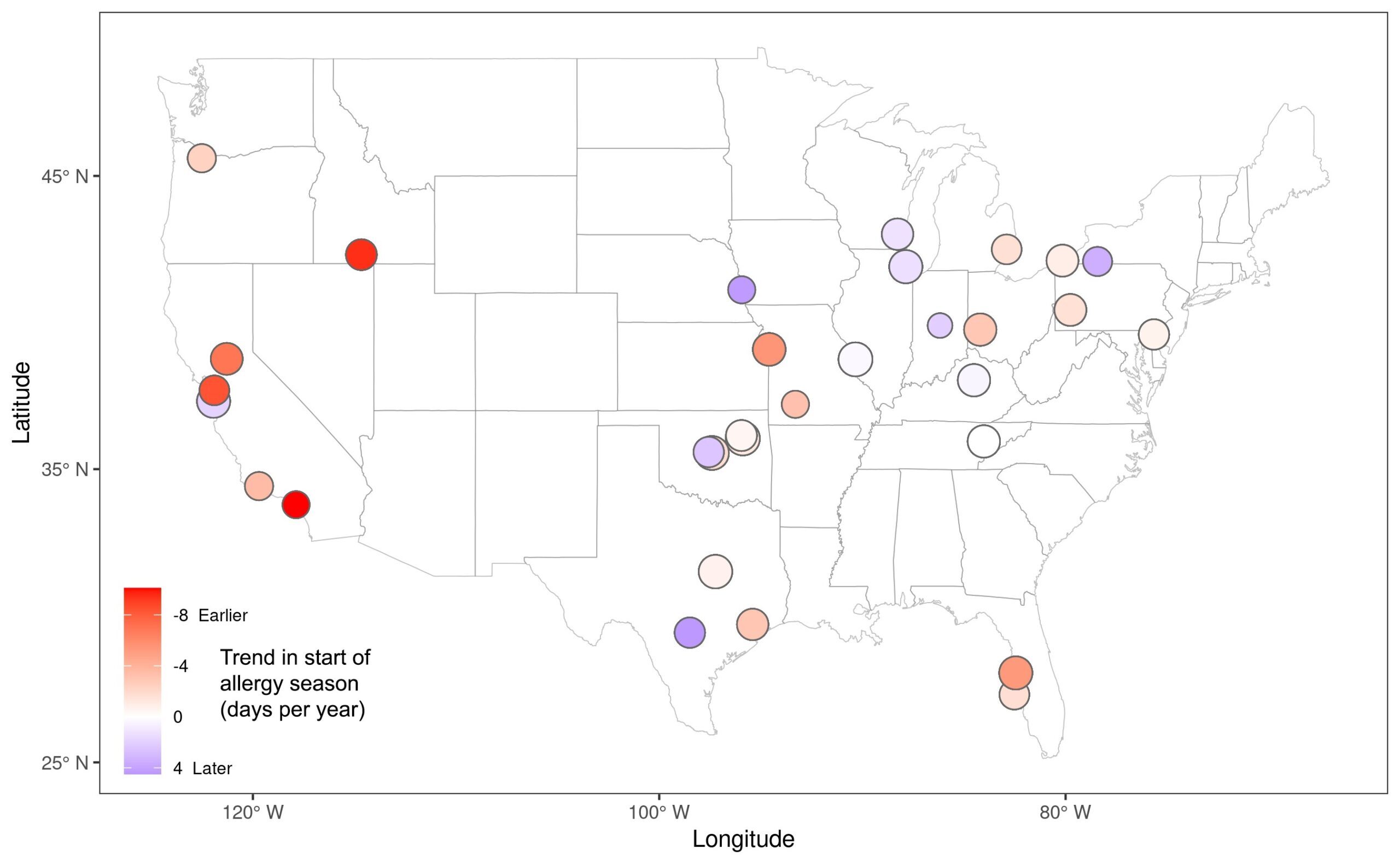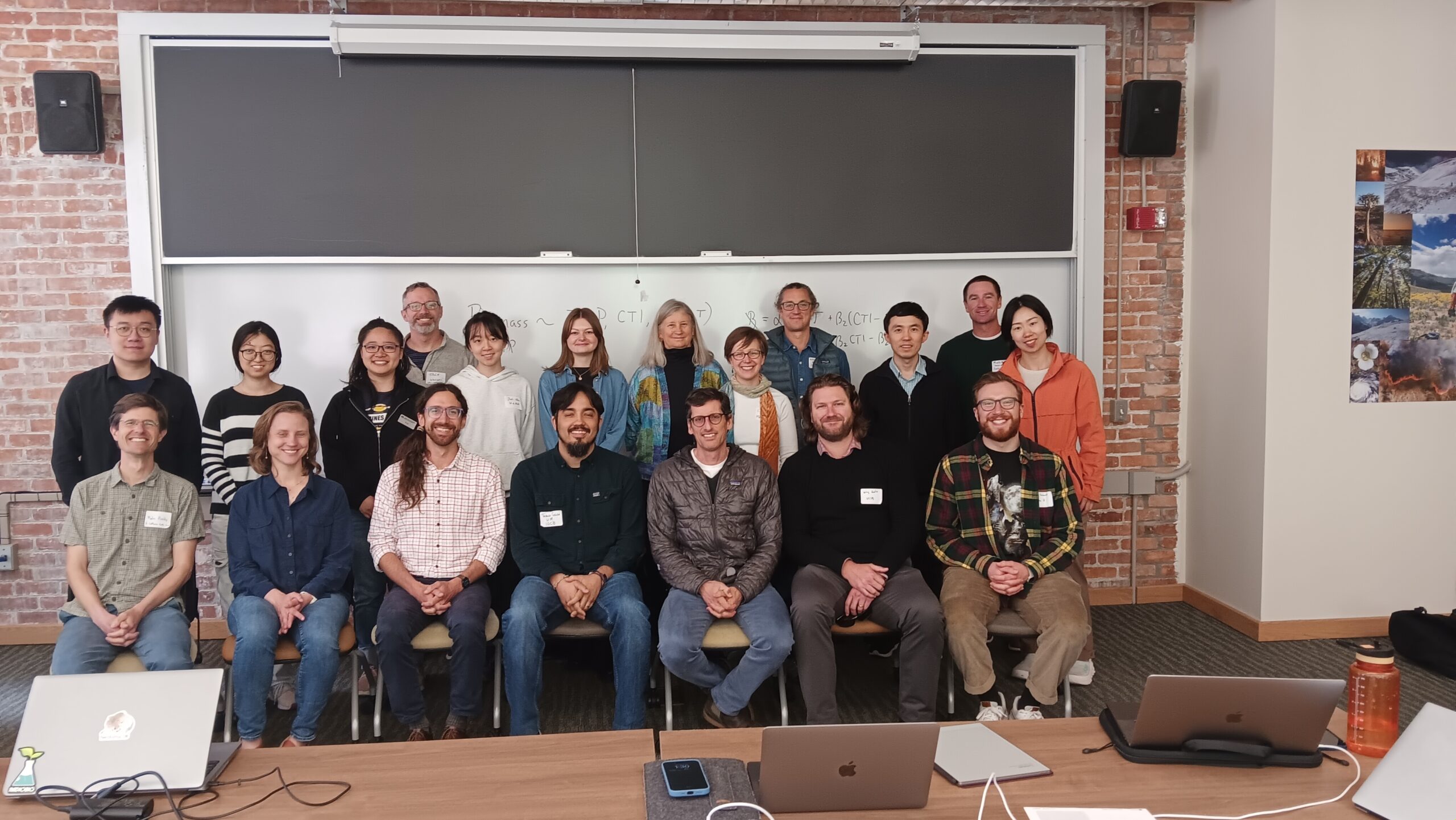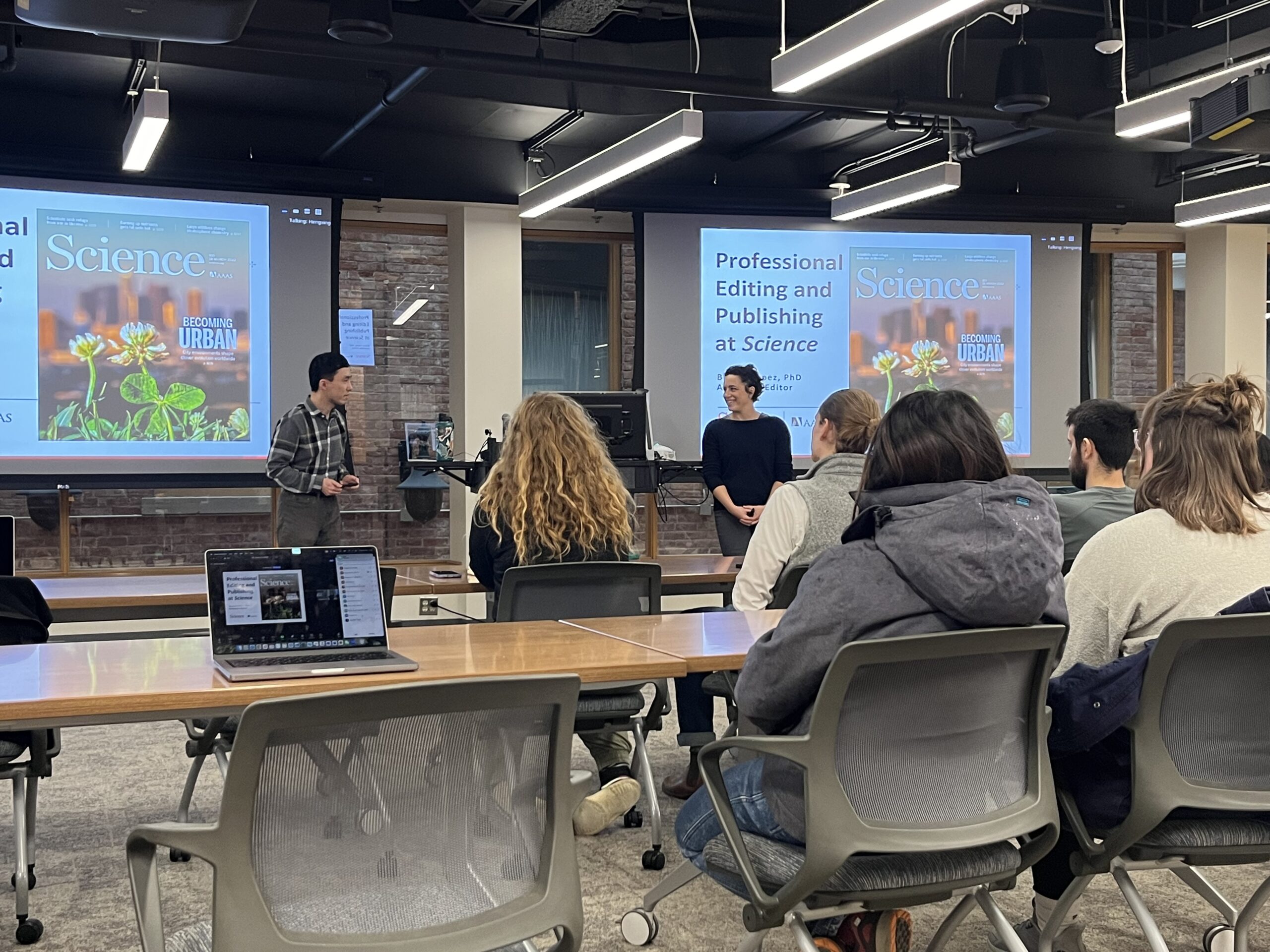Kai, Yiluan, and Clara published a commentary in the Proceedings of the National Academy of Sciences (PNAS). The commentary introduces a new study by Pugh et al. on global forest age and carbon sink, pointing out new research directions in forest demography and carbon sequestration.
Zhu K, Song Y, Qin C. (2019). Forest age improves understanding of the global carbon sink. Proceedings of the National Academy of Sciences. https://doi.org/10.1073/pnas.1900797116
Figure. History of changing forests in New England. (A) Presettlement forests in 1700 consisted of old-growth stands dominated by conifers and broadleaf trees. (B) At the height of agriculture in 1830, most of the forests were cleared for tillage and pasture. (C) Farming advanced to the Midwest and declined in New England, setting the stage for regrowth forests; this started with conifers in 1910, followed by hardwoods. (D) The modern forest landscape is characterized by an expanse of maturing trees in a state of regrowth. The historical perspective shows that forests carry legacies of human activities and help inform the prediction and management of future forests and the terrestrial carbon sink. Images courtesy of Harvard Forest.








